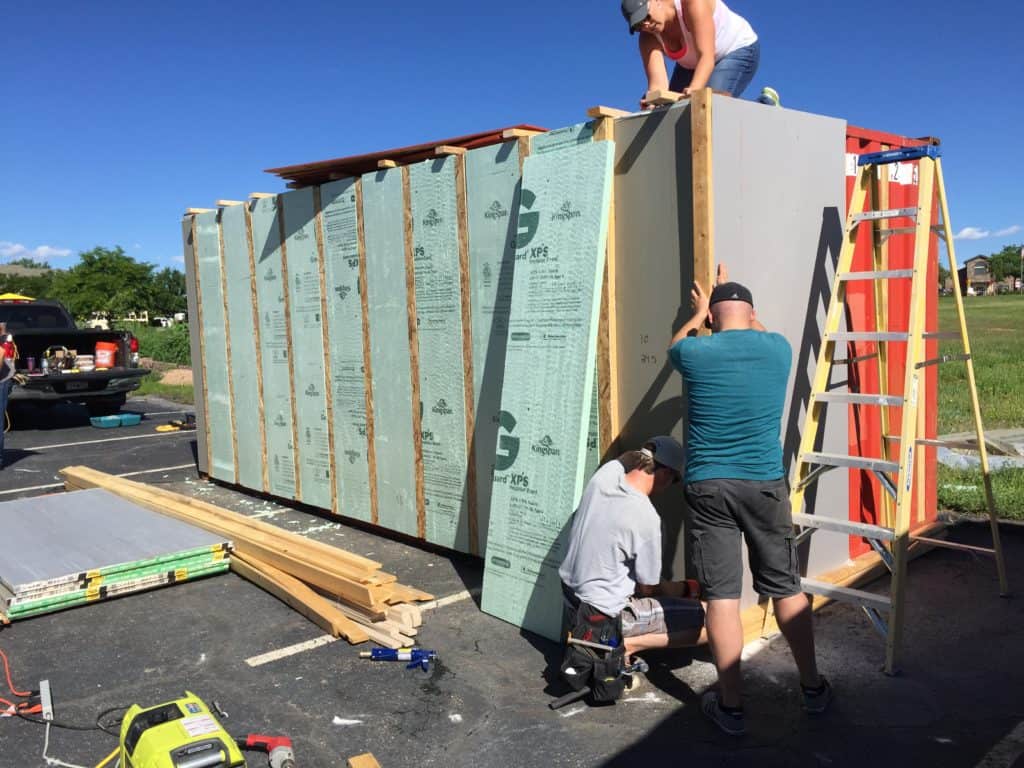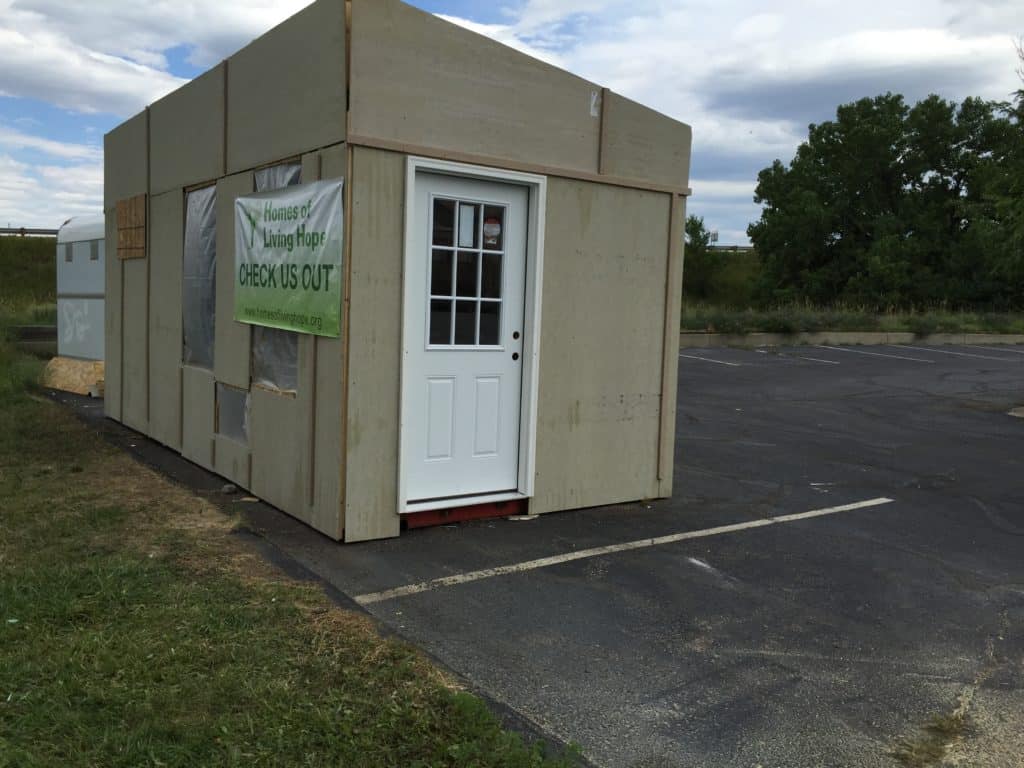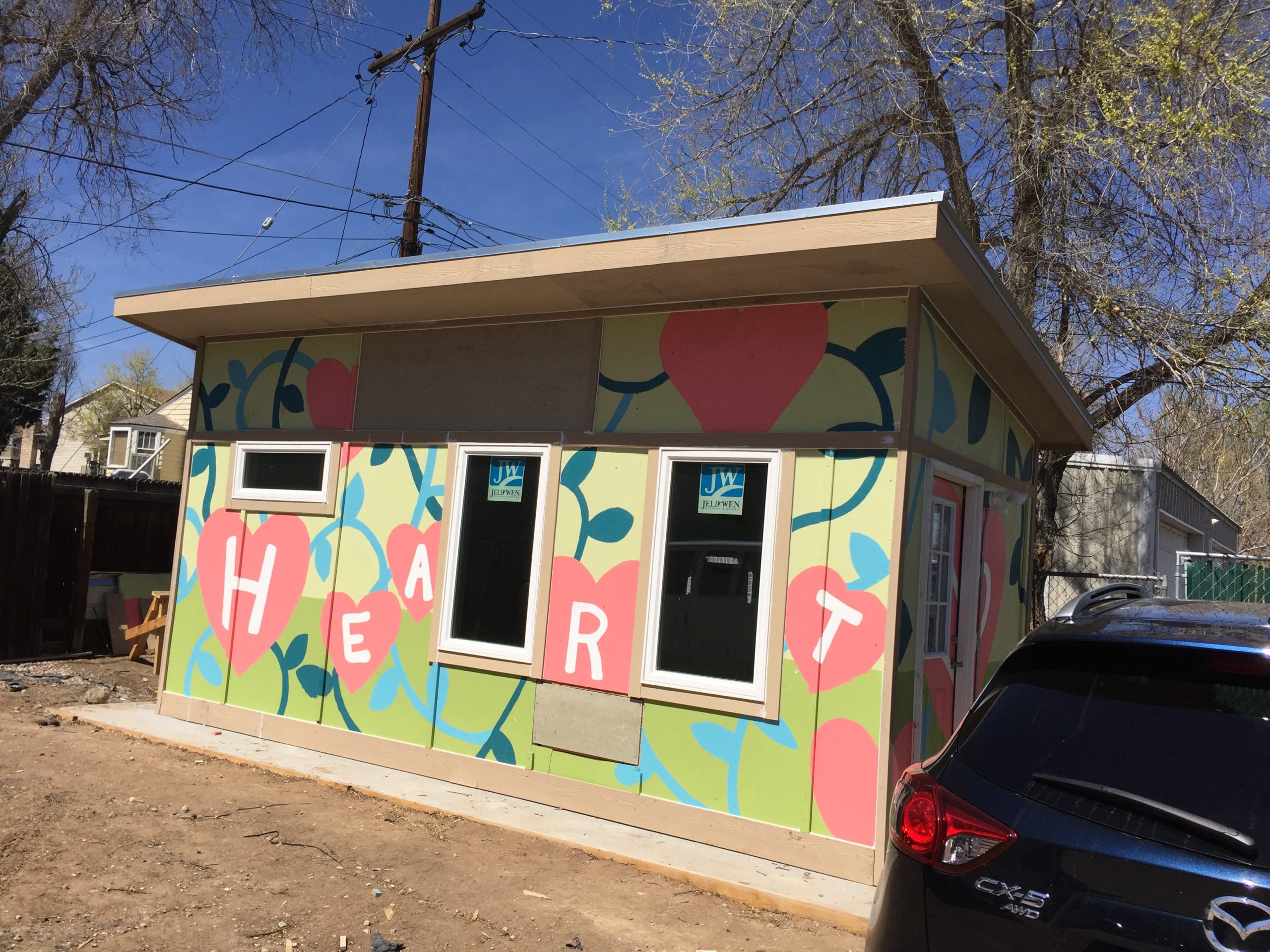
There are endless reasons to become involved in a Homes of Living Hope project. With small inputs from your group (whether a church, school, or community volunteer group), a huge impact can be made in the lives of others.
Our container transformation projects are excellent team-building exercises. Build-outs offer opportunities for your volunteer group to engage through hands-on participation. All that is required of sponsors is the desire to make a difference for others.
Homes of Living Hope will provide you with the resources necessary to create a life-giving facility for communities in need all over the world. Small efforts combine to produce amazing outcomes!
Homes of Living Hope will walk through a project with the sponsoring organization from the beginning…





…to end!
So many people love the idea of starting a Homes of Living Hope project, but are immediately unsure of where to begin. We recommend a simple approach to beginning a project that will guarantee success. Here is our basic formula for all of the considerations you must make when beginning a project. Homes of Living Hope has helped construct containers for various organizations, churches, and schools, and so we have created a plan to help your project go off without a hitch. Use this quick how-to guide to start the conversation about beginning a container project with your team.
With your team, consider the wants and needs of both donors and recipients. Write out your goals, remembering to factor in practical, spiritual, and financial benefits of everyone involved.
Decide upon the scope of the project, then choose from a variety of floor plan options. Containers can be converted into classrooms, libraries, medical offices, and more.
Have an idea? Let’s talk about bringing your vision to life.
Find a spot to work on the container. This can be in a backyard, parking lot, or field. Remember, project workdays will have many volunteers, so it should be spacious enough for 15-30 people to comfortably work.
Create a plan for the financial aspects of the project. This includes funding goals and fundraising. Consider how to make your container sustainable on the recipient side.
Once you have developed your plan, you are ready to begin your project! Homes of Living Hope is here to walk you through every stage of the process.




Homes of Living Hope seeks to facilitate hands-on service activities for volunteers, that not only offer the opportunity to give back to the local and international community, but also allow volunteers to learn and develop social bonds along the way. Some projects have involved as few as 10 to 15 dedicated individuals while others as many as 600, including participants from large high schools and even a correctional service facility. Schools, churches, community groups, businesses, and their staff, as well as non-affiliated individuals, are typically all part of a HoLH project
The facility is ready for its operations upon arrival in its recipient country. It is therefore not necessary that any of the remodeling work be done by certified tradesmen at the recipient site. It is strongly encouraged, however, that there is at least one person on the team that is familiar with general construction and interpretation of provided blue prints.
The space required for a container is equivalent to five parking spaces for each 40-foot container. Each additional 20-foot container would require the equivalent of two to three more parking spaces. Ideally, containers are placed in highly visible locations to promote community interest and interaction. Attention drawn to the project will help to engage more individuals in the project.
Homes of Living Hope has a list of potential recipients in foreign countries whose vision for a new facility is ready to be adopted. Potential project donors can evaluate any number of these potential recipients to determine a best fit for the donor’s overall goals. If a potential project donor is already involved with a specific potential recipient that may benefit from the donation project, we believe you should consider that as your first option. Homes of Living Hope looks forward to partnering with you in that exploration process and will provide you with information to help with your evaluation.
Shipping containers are readily available across the country from either transport or mobile storage companies. Homes of Living Hope will provide you with specific guidelines in buying the container from a local supplier in order to meet shipment criteria. We will be glad to connect and help make the necessary arrangements with shipment centers in your local area. Should you not feel comfortable with the purchase, or not able to find a local provider, we will gladly assist with the purchase.
Homes of Living Hope manages transportation logistics for completed facilities, and will provide specific guidelines for supporting roles of both donor and recipient partners.
See above for the six steps in getting started.
Our container conversion projects are based on the “stone soup concept”. If you are unfamiliar with this old fable, it basically means that everyone contributes something small – time, talent, or treasures – to make something great to complete the project.
There are three important factors that determine the cost scope of the project: facility floor plan, donor and recipient location (ocean and land transportation), and participation goals (volunteers vs. paid contractors).
Our container conversion projects are based on the “stone soup concept”. If you are unfamiliar with this old fable, it basically means that everyone contributes something small – time, talent, or treasures – to make something great to complete the project.
There are three important factors that determine the cost scope of the project: facility floor plan, donor and recipient location (ocean and land transportation), and participation goals (volunteers vs. paid contractors).
All works on this site, including written materials, artwork, graphics, photographs, sound recordings, and video (collectively the “Copyrighted Materials”), are copyrighted by Homes of Living Hope. All rights are reserved. Users are permitted and encouraged to download, reproduce, and distribute the copyrighted materials to inform others about their Homes of Living Hope project and the work of Homes of Living Hope in general. Provided however that the copyrighted materials are not altered in any way, are reproduced in their entirety and no fee beyond the actual cost of reproduction is charged.
It is prohibited to use any copyrighted materials to promote a project that Homes of Living Hope is not a partner to or have written knowledge of.
© 2024 Homes of Living Hope. Privacy Policy. Sitemap